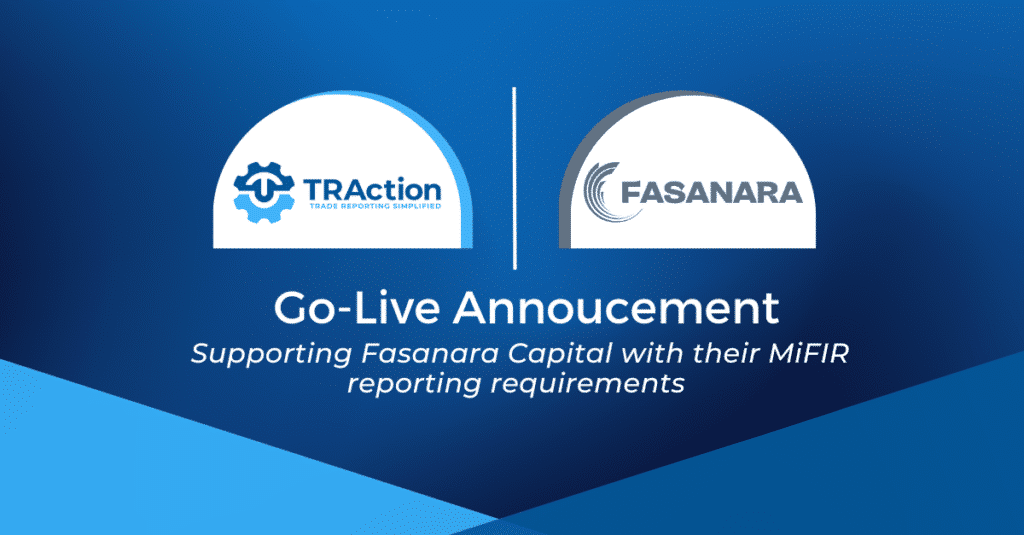TRAction’s Processing and Handback Timeline

How does TRAction simplify your trade reporting? Regulatory trade and transaction reporting can be complex and unwieldy, but that’s why TRAction is here to help! We do all the heavy lifting for you, which allows more capacity for your firm to focus on the delivery of your products and services. Take a look at our […]
How do I report Novations of OTC derivatives?

What is a Novation? A ‘novation’ is where an existing agreement is replaced with a new agreement to which all contracting parties agree. Generally, novations occur by either: (i) an assignment or transfer of a transaction in which the terms to the original transaction are varied or added, resulting in a new contract and the […]
Need to update Pre-EMIR Refit trades?

Under the Refit regulations which commenced on 29 April 2024 in the EU, a 180 day (6 month) transition period was provided to allow for reporting entities to update their non-compliant trades entered into before the Implementation Date. This means the EMIR Refit old format (for open trades) window closes on 26 October 2024 (for […]
EMIR Required for Cleared Trades, Agency or Give-up models?

Background: Clearing, Prime brokers and bilateral arrangements When financial firms want to trade with each other there are several risks involved, one of which is credit risk. This is the risk where a firm might not be able to ‘pay up’ for losses on a bilateral trade. This risk may be mitigated or resolved by […]
Unique product identifier (UPI) – UK EMIR

Subsequent position UTI – UK EMIR

ISIN – UK EMIR

TRAction and Fasanara – MiFIR reporting solution rolled out

Fasanara Capital, a leading institutional asset manager, has engaged with TRAction, a premier regulatory technology provider for trade reporting solutions, to enhance their Markets in Financial Instruments Regulation (MiFIR) reporting processes. This collaboration aims to: Alleviate the burden on Fasanara Capital regarding the human and internal resources dedicated to trade reporting; Deepen understanding of trade […]
Execution agent – UK EMIR

FMPS:24 Panel – Beyond the bASICs

Beyond the bASICs: Regulation and Operations in Australia and Offshore Recently, TRAction’s co-CEO Quinn Perrott spoke on the ‘Beyond the bASICs: Regulation and Operations in Australia and Offshore’ panel at Finance Magnates Pacific Summit 2024. Quinn spoke alongside several other industry experts, including Eugenio Accongiagioco (APAC Management Consultency), Courtney Fitzsimmons (MEX Markets) Vakul Talwar (Crypto.com), […]